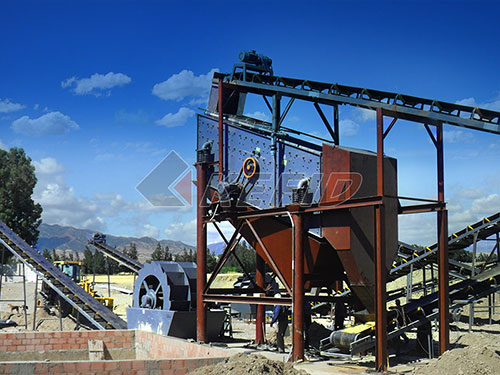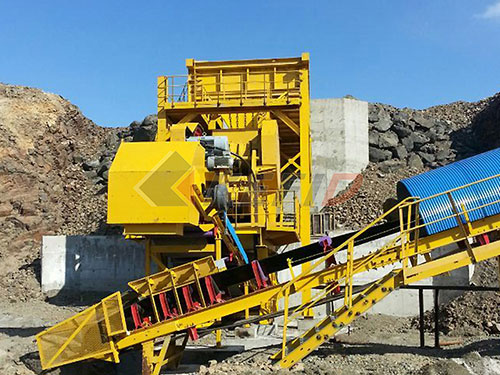Nordberg Crushers: Engineering Excellence Powering the World’s Infrastructure
For over a century, the name Nordberg has been synonymous with robust performance, unwavering reliability, and pioneering engineering in the demanding world of rock crushing and mineral processing equipment. From massive mines carving ore from deep within the earth to bustling aggregate quarries supplying materials for roads and buildings worldwide, Nordberg crushers form the critical backbone of industries fundamental to modern civilization.
A Legacy Forged in Innovation
The story began in Milwaukee, Wisconsin, USA, where Bruno V. Nordberg founded his eponymous company in 1886 as an engine manufacturer. Recognizing the growing needs of mining and construction industries for efficient size reduction machinery, Nordberg expanded into crushers early in the 20th century.

Their impact was profound:
1. The Symons Cone Crusher Revolution: Perhaps their most defining contribution was acquiring and refining the Symons cone crusher design in the 1920s/30s (the exact origins involve Rexnord/Symons). This design introduced a revolutionary concept – a combination of crushing force generated by eccentric rotation coupled with gravity feed through a large vertical opening above a rotating mantle within a concave bowl liner.
2. Gyratory Dominance: Concurrently, Nordberg developed powerful primary gyratory crushers capable of handling enormous tonnages directly from mine faces or large quarries.
3. Jaw Crusher Excellence: Complementing these were rugged jaw crushers designed for primary crushing applications demanding high capacity and reliability under extreme conditions.
This trio – jaw crushers for initial size reduction at quarries/mines (primary), gyratories for massive primary duties at mines/large quarries (primary), and cone crushers for secondary/tertiary fine crushing stages – established Nordberg as an undisputed global leader.
Core Technologies Defining Performance

Nordberg crushers are distinguished by several key engineering principles:
1. Robust Construction: Built from high-strength alloys using advanced casting techniques like V-process foundry methods (for superior metallurgy), these machines are engineered to withstand immense forces generated during crushing rock often harder than steel itself.
2. Optimized Chamber Design: Decades of research into particle dynamics result in chamber geometries that maximize inter-particle crushing (“rock-on-rock” action), optimize product shape (cubicity), improve throughput efficiency per unit energy consumed (kW·h/t), and minimize wear on liners.
3. Advanced Liner Technology: Wear

Leave a Reply